Description
①【High Toughness】SUNLU PP Filament exhibits an elongation at break of up to 977.5%. It withstands repeated stress, bending and impact. This material is ideal for printing functional components requiring long-term durability, such as active hinges, snap-fit fasteners and tool handles.
②【Printing Tips】To minimise warping, we recommend drying the material for 8 hours at 50°C prior to printing. Apply PP adhesive to the print bed, operate the component fan at 10% power, and print with the enclosure sealed.
③【Low Density & Lightweight】PP Filament is a flexible material characterised by its low density (0.9 g/cm³) and lightweight properties, effectively reducing product weight. Printed models made from PP are approximately 27% lighter than those made from PLA. It is suitable for drone components, automotive parts, and other lightweight engineering components.
④【Chemical Resistance】Polypropylene exhibits exceptional resistance to corrosion from various chemical solvents, remaining unaffected by damage, deformation, or melting in environments containing strong acids and alkalis (pH 0.5–14). This ensures printed components maintain structural integrity and dimensional stability even when exposed to corrosive substances.
⑤【Food Contact Compliant】The PP material is polypropylene that meets food-grade safety standards, making it safe for direct food contact. It is ideal for printing everyday items such as tableware, food containers, and storage boxes.
⑥【Fatigue Resistance】PP filament can withstand repeated cyclic stresses and loads without developing fatigue cracks, exhibiting excellent fatigue resistance. This makes it an ideal material for applications requiring durable performance or components subjected to repeated stress cycles.
⑦【Recommended Settings】To achieve the best printing results with SUNLU PP Filament, we recommend printing with the following parameters: Nozzle Temperature: 210-230°C, Print Speed: ≤30mm/s, and Bed Temperature: 50-60°C.

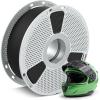
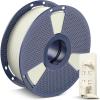
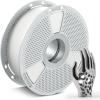
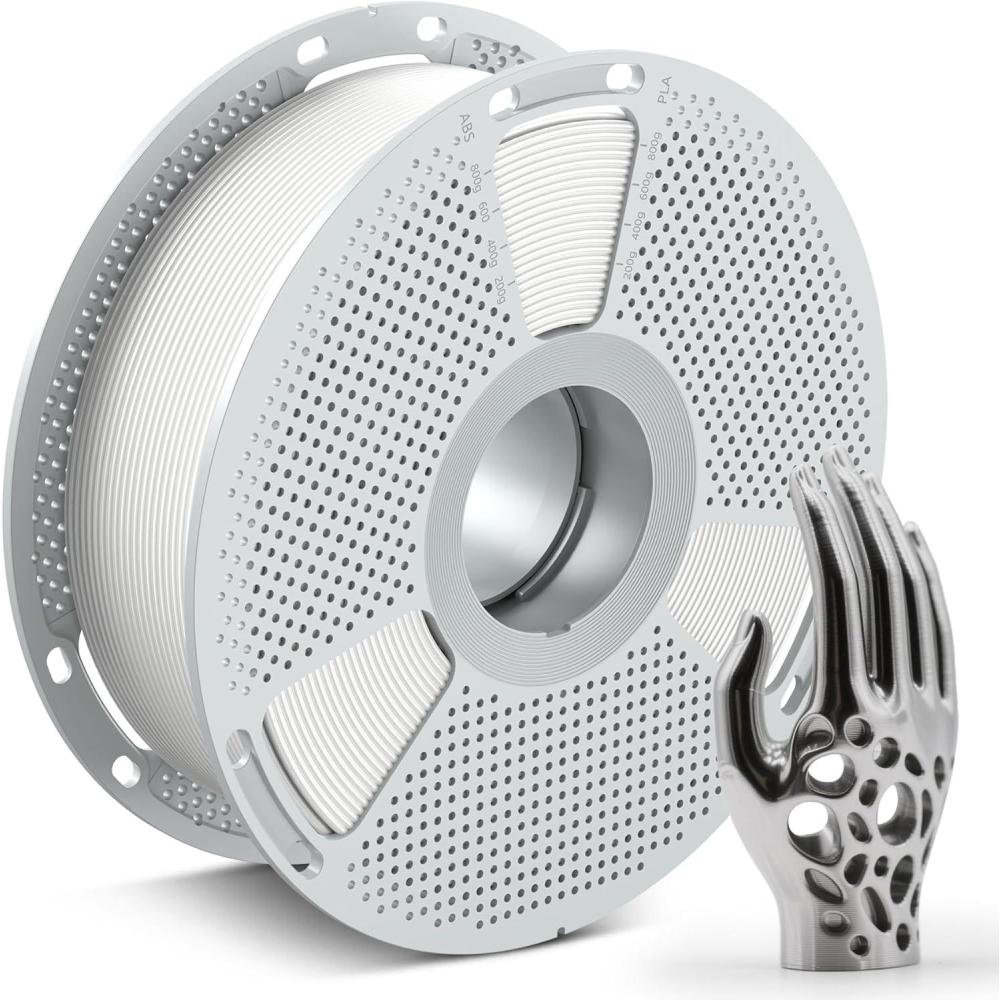
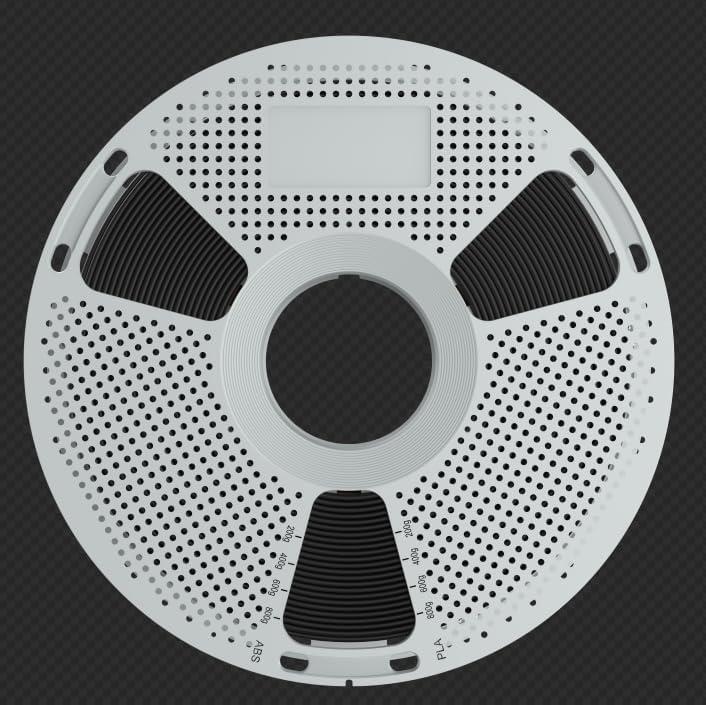
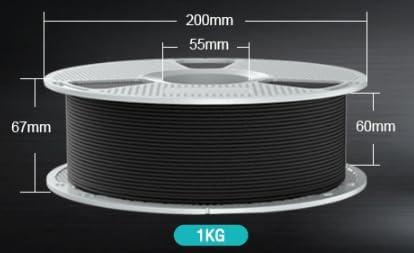
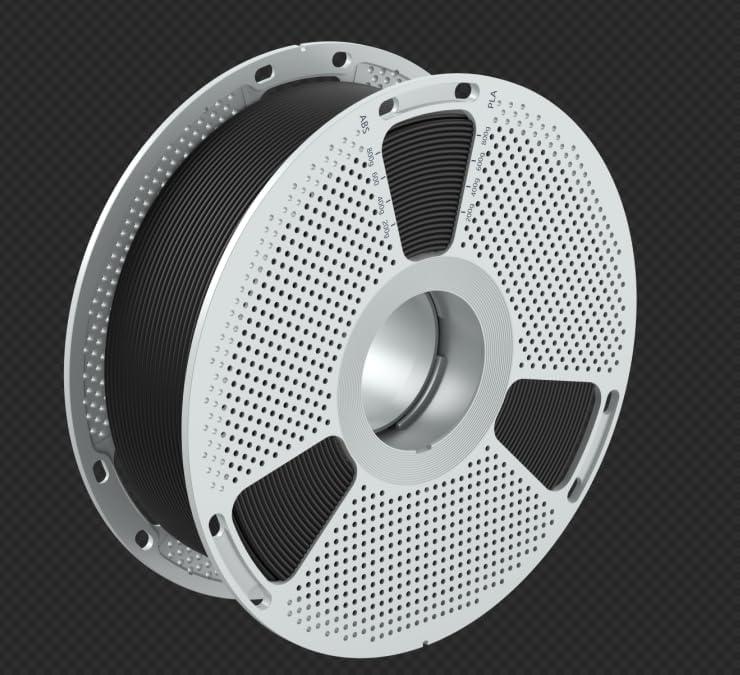
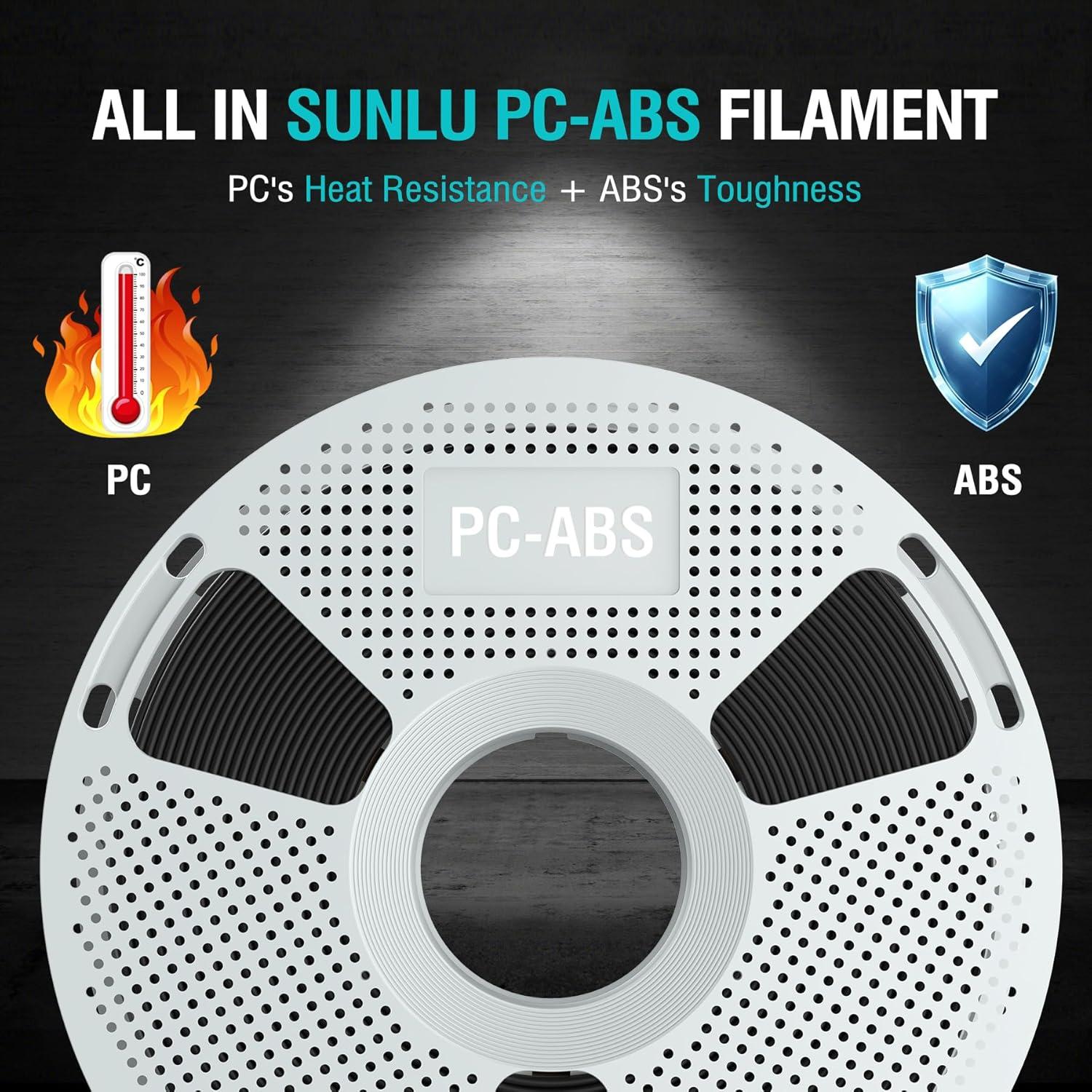

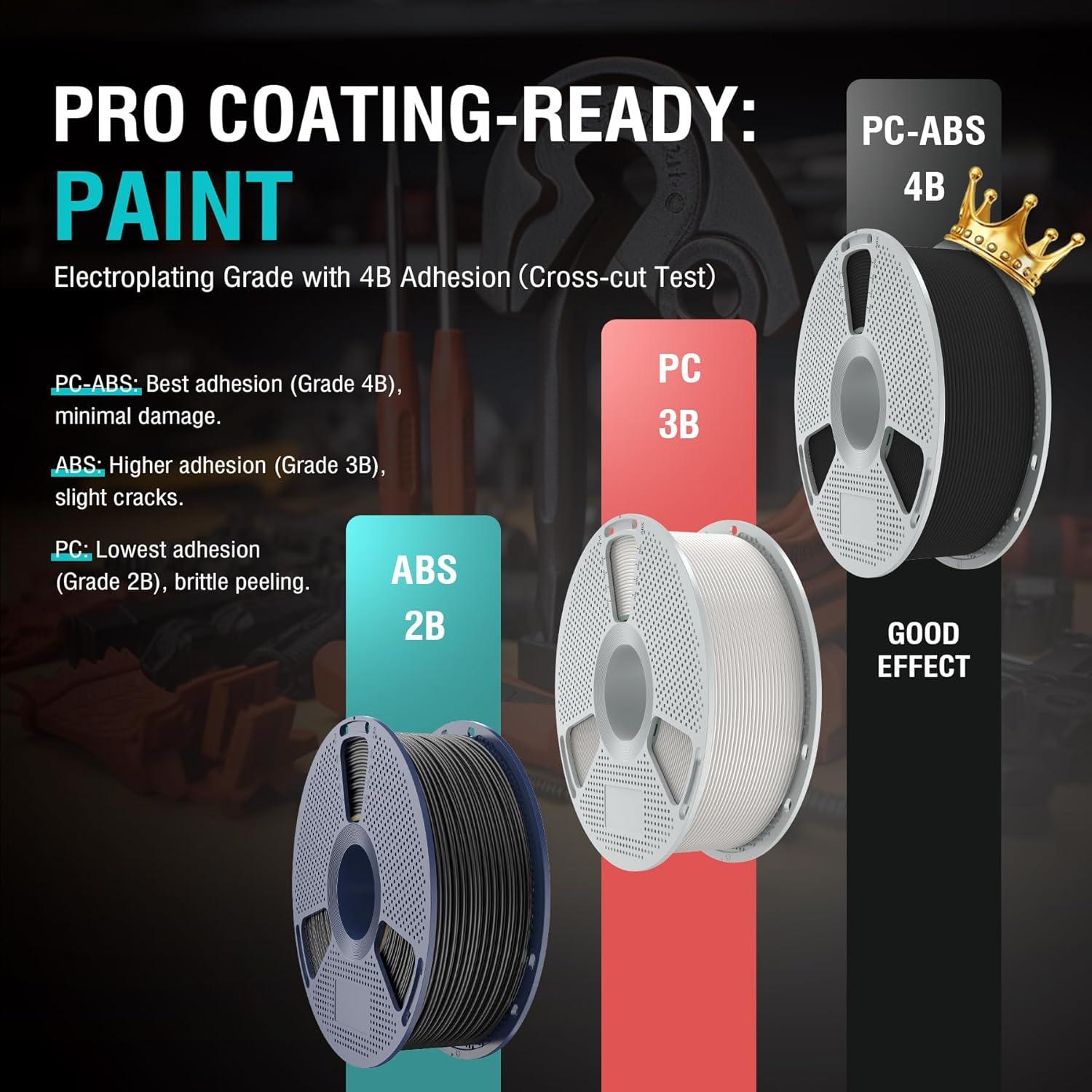



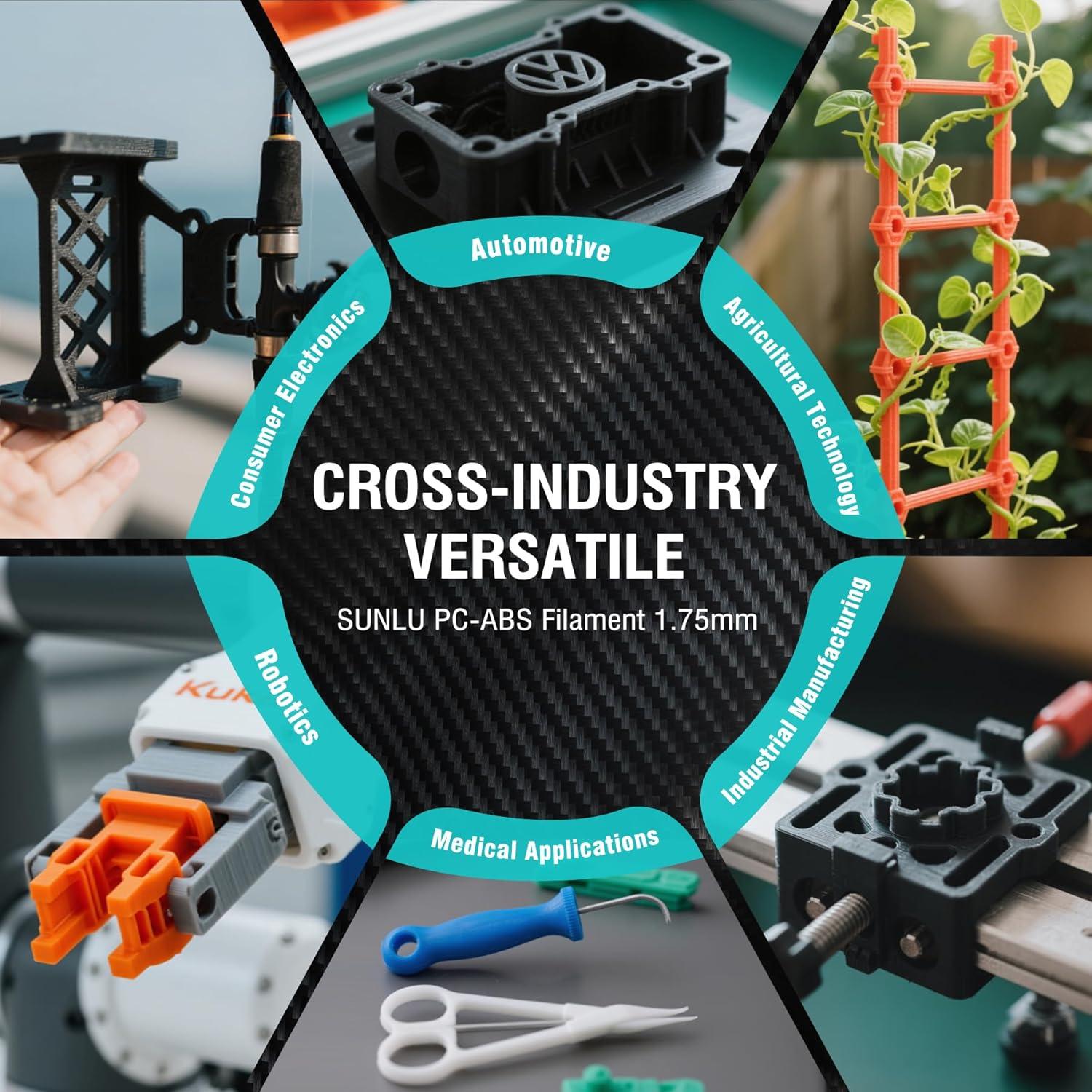
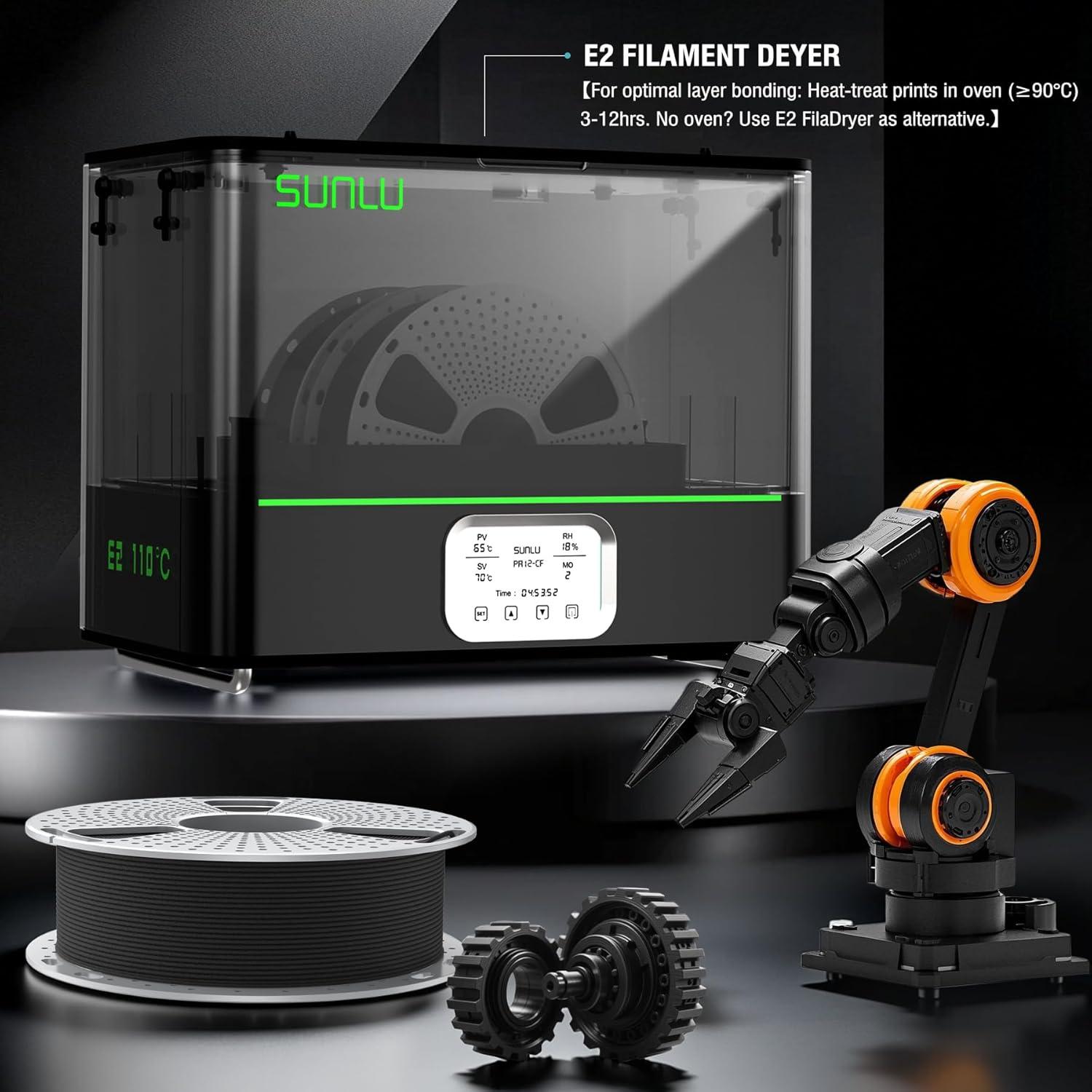


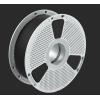
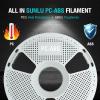
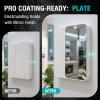
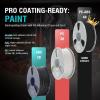


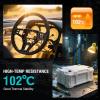
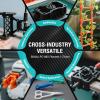
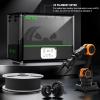
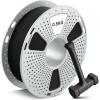
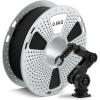

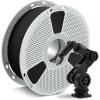
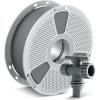

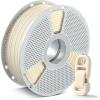
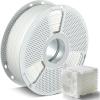
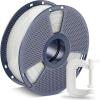




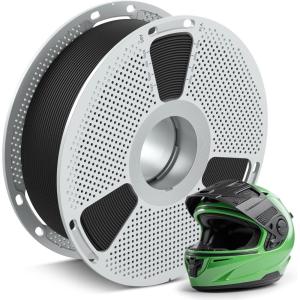
Reviews
There are no reviews yet.